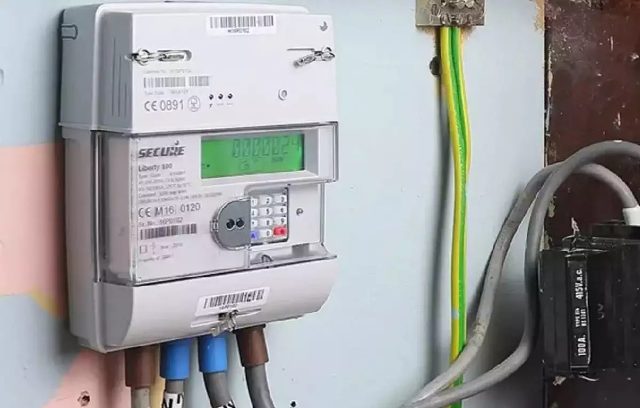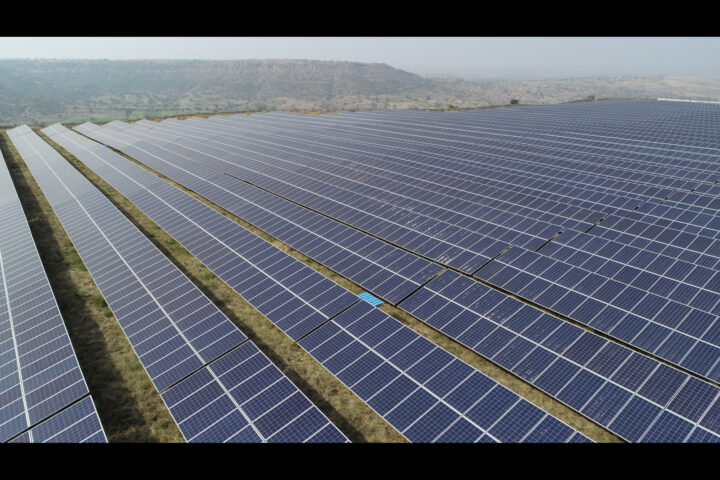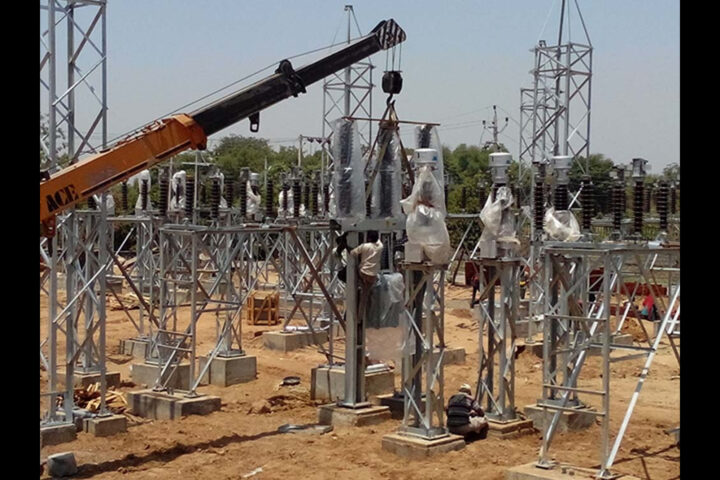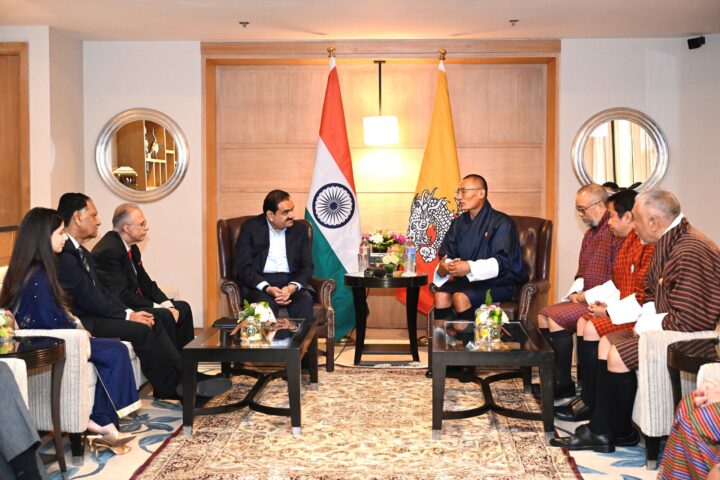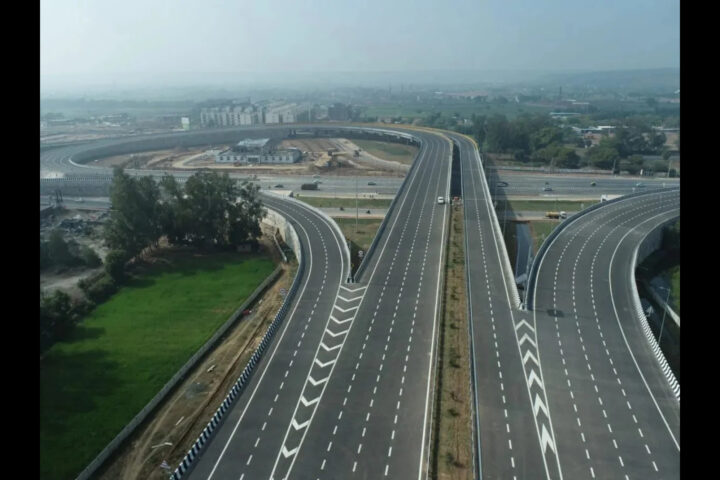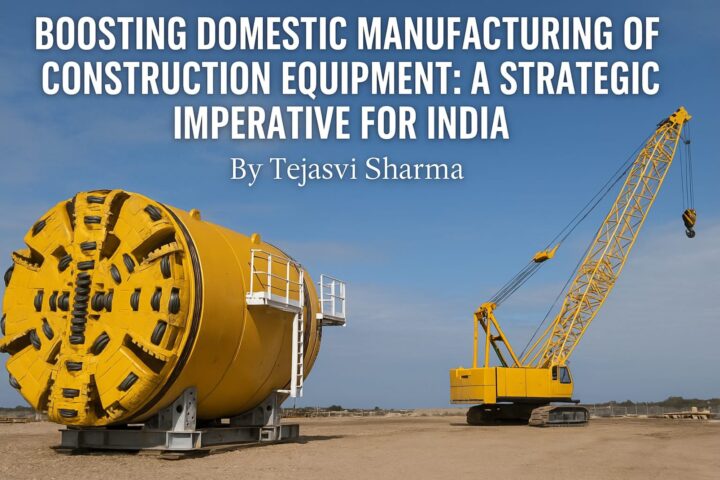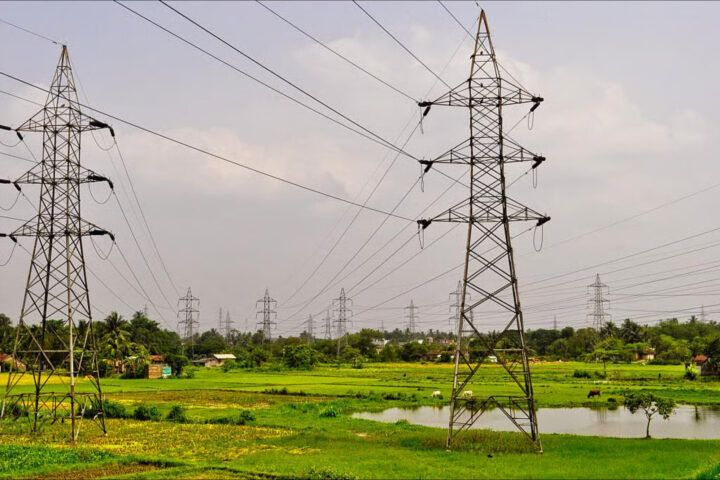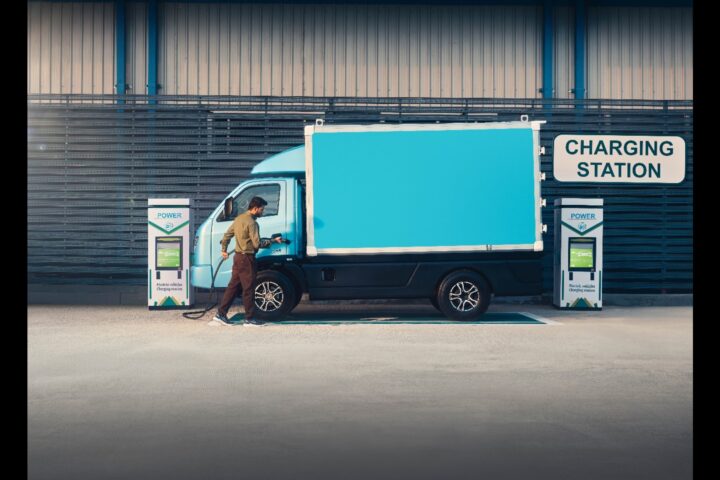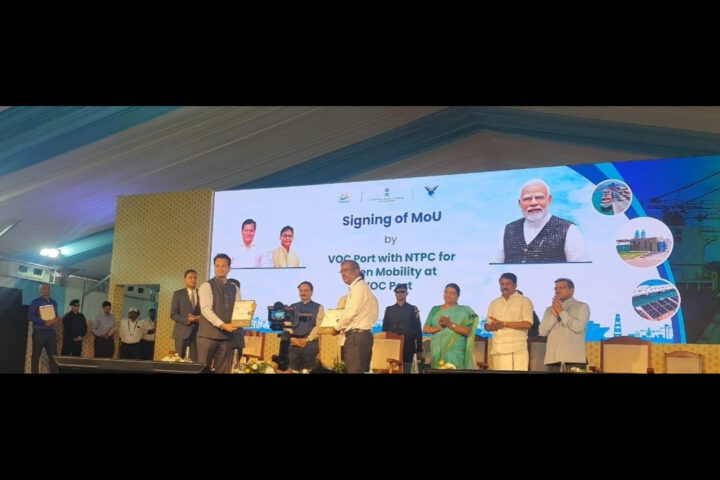by Abhishek Iyer, Analyst, Avener Capital
Smart meters offer Discoms the capability to track individual power utilisation for accurate billing and consumers the facility to monitor their consumption patterns on a real time basis. Beyond these evident benefits, smart meters target to optimise peak load management via variable tariff structures along with enhancing the distribution infrastructure. The Government of India introduced RDSS in July 2021 with the aim to replace 25 crore conventional meters with smart meters. While the results of the program are already visible, with AT&C losses falling by 7 percent in a matter of two years, on the ground implementation challenges are apparent whereby only 1.45 crore meters have been installed till October 2024. The nationwide rollout in India faces hurdles like public mistrust due to perceived bill inflation, quality of meters and complexities surrounding the adoption of a prepaid payment system.
A pertinent issue that has slowed down the installation is public perception. Consumers have had complaints regarding the “inflated” bills they have received post smart meter installation. Some have raised concerns about the inconsistency in the monthly billing. Smart meters are not designed to increase consumer bills – they are installed to ensure consumers pay for the power they consume. Though the government has directed all its efforts towards increasing the pace of the rollout of smart meters post the RDSS introduction, together with the Discoms, they also need to curl out an effective communication plan with the end users explaining the narrative clearly and dispel any misinformation with respect to the smart meters.
In the effort to push for a brisk rollout, smart meter manufacturers need to stay consistent with their quality. Under the RDSS, smart meter contracts are tendered under DBFOOT model wherein the obligation to replace any faulty meters over the 8-10 year operating period lies with the AMISP. If meters are not up to the standard, replacing them becomes an added burden which reduces AMISP interest for participating in tenders. In places where meters have been installed, some consumers are unableto read their meters and are not receiving real time data which effectively breaches the contract terms, potentially resulting in penalties to the AMISP. Maintaining meter quality is going to prove vital for not only consumers but also those participating in bids.
The smart meters planned to be installed as part of the national rollout are designed to be prepaid meters. Like prepaid sims, consumers are expected to top up their meter with a discretionary balance and they can utilize power until they exhaust their balance. National and state governments will need to standardise rollout procedure and educate and provide adequate time to consumers to adopt this new regime. Some Discoms are allowing consumers to continue to use power for up to 72 hours post the meter balance being exhausted and power is connected within 15 minutes of a top up.
Any national rollout requires a plan, procedure and execution. The smart meter program scale warrants time to be given to alleviate the on the ground implementation challenges. Consumer awareness and education will prove to be the focal point that determines program success. There is a foreseeable requirement for platforms to be set up that bring together developers and financial sponsors. These platforms should have the capacity to install meters pan India, have a credible relationship with Discoms and have the expertise to operate and maintain the meters throughout the contract period. The need for smart meters is imperative; the success of the rollout will be determined by how quickly and effectively the government tackles these noted challenges.


